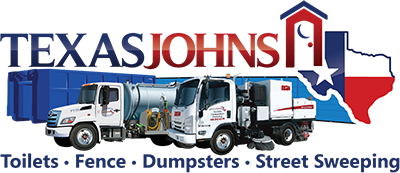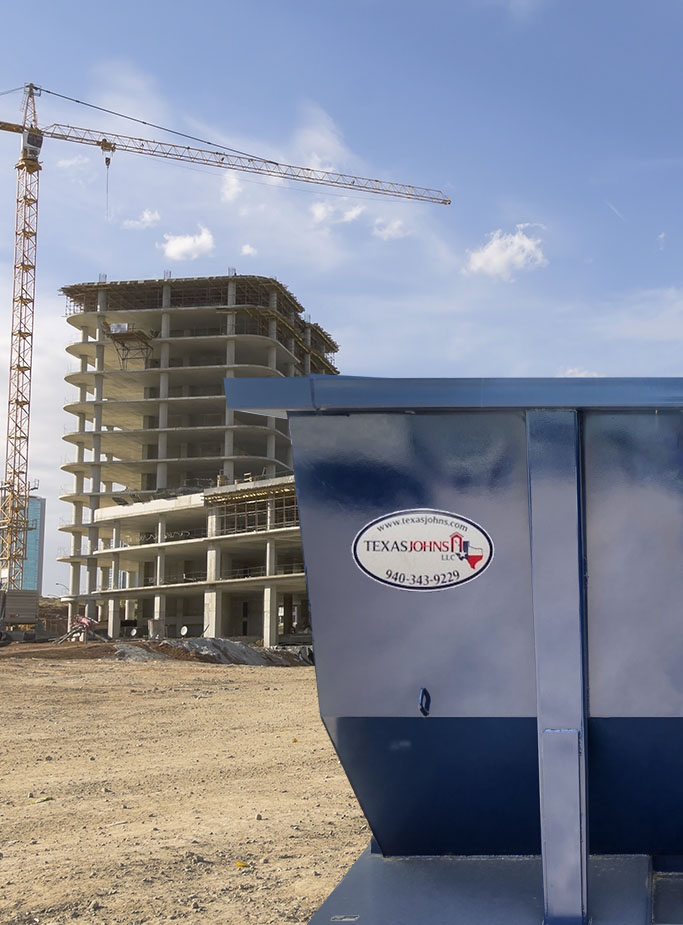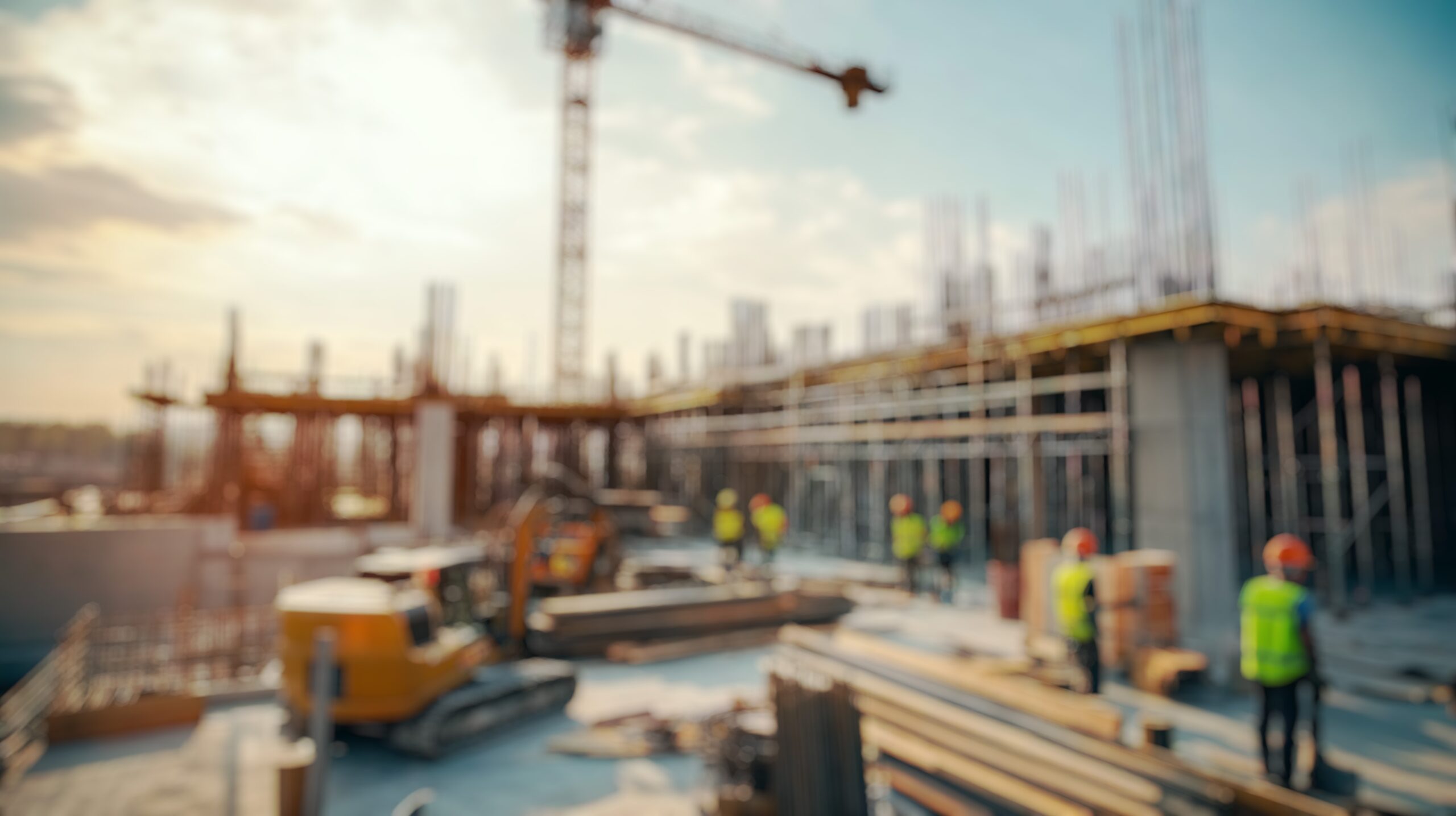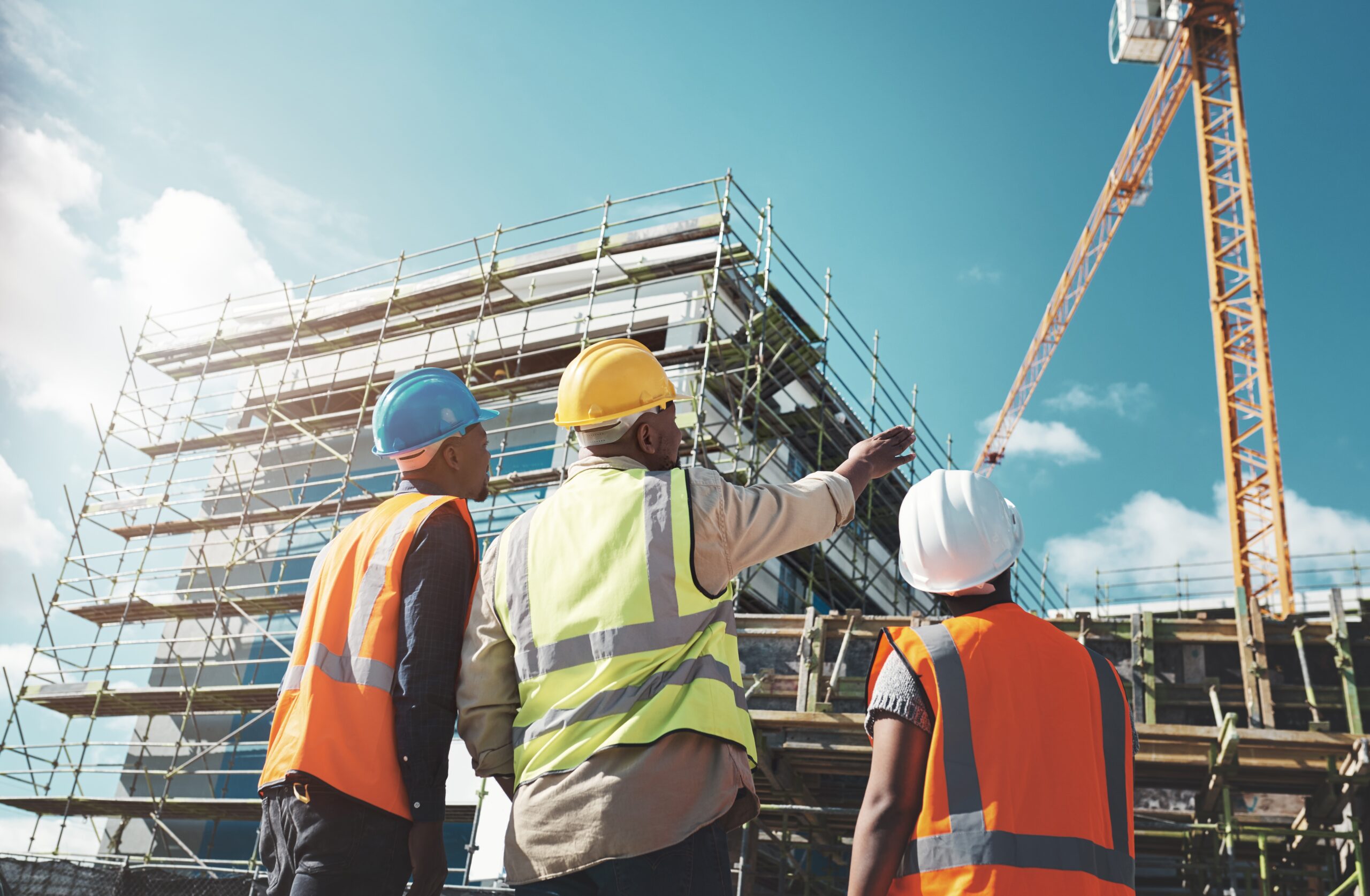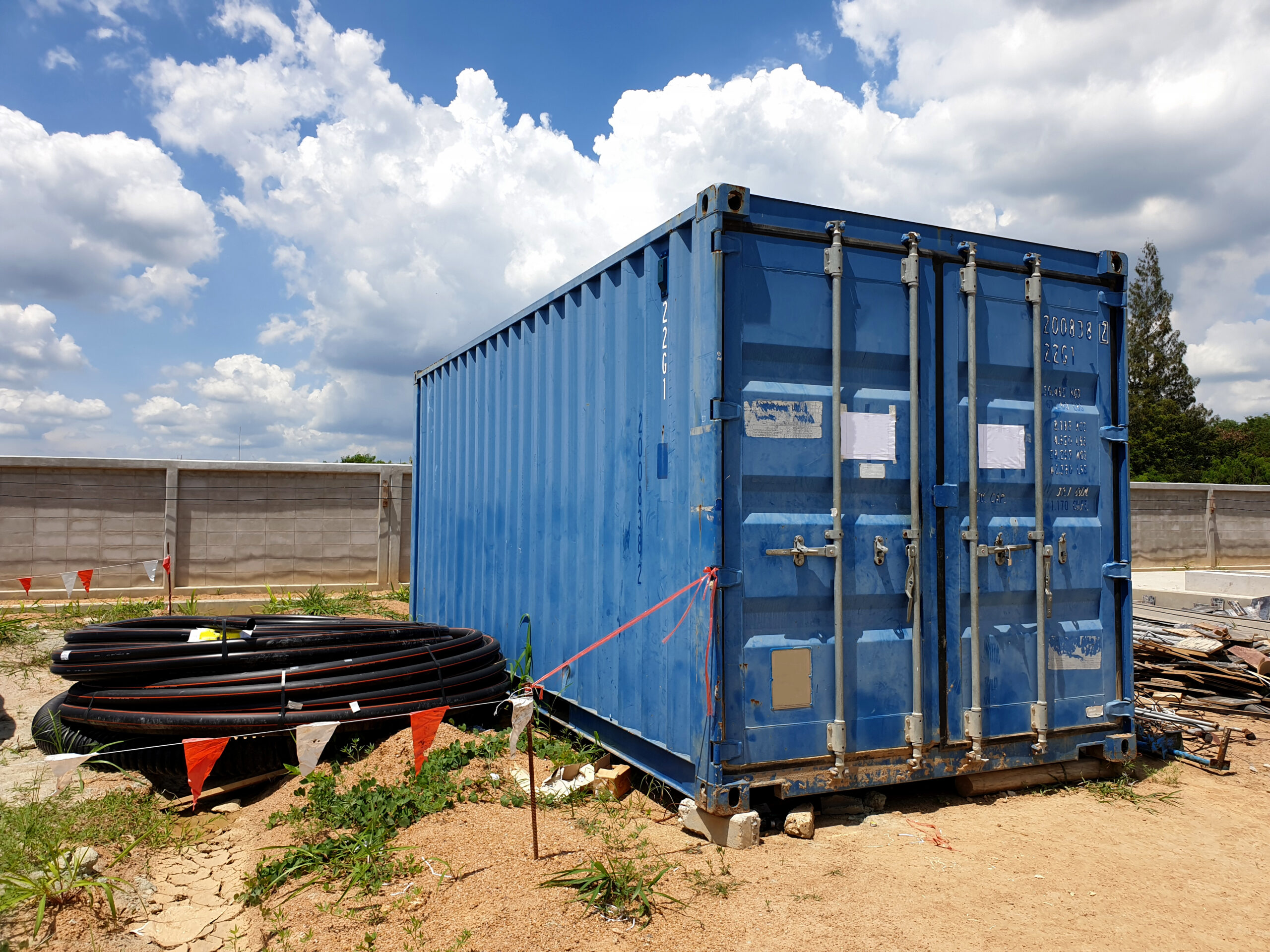Austin’s skyline is in a constant state of beautiful evolution. Cranes paint the horizon, and the sounds of progress echo from downtown to the suburbs. For the construction workers, project managers, and developers driving this growth, every new foundation poured and every story added is a victory. But with that incredible progress comes a relentless and unavoidable challenge: managing the mountains of construction debris that every project generates.
This isn’t just about tidiness. In a city as dynamic and environmentally conscious as Austin, effective construction debris removal is a critical component of a successful project. It’s intrinsically linked to worksite safety, operational efficiency, budget adherence, and strict regulatory compliance. A poorly managed site isn’t just an eyesore; it’s a liability waiting to happen. Ignoring your waste management plan is like building a house with no foundation—sooner or later, it’s all going to come crashing down.
That’s where we come in. This guide is your comprehensive resource for understanding, managing, and properly handling waste on your Austin job site. We’ll break down exactly what is construction debris, explore the serious risks of letting it pile up, and outline the most effective strategies for construction debris disposal. As a trusted local partner, we at Texas Johns are here to provide the tools and services, like a reliable construction dumpster rental, to keep your project clean, safe, and moving forward.
What is Construction Debris? | More Than Just Dirt and Dust
Before you can manage it, you need to understand what you’re dealing with. So, what is construction debris? The term, often shortened to C&D debris, covers a wide range of materials generated during the construction, renovation, and demolition of buildings, roads, and bridges. It’s far more complex than just a pile of rubble. On a typical Austin construction site, you’ll encounter several distinct categories of waste.
Inert Materials
This is the dense, heavy material that often forms the bulk of demolition and initial site work debris.
- Concrete: From broken-up foundations, sidewalks, and structural elements.
- Asphalt: Scraped from old roadways and parking lots.
- Brick, Stone, and Masonry: From walls, facades, and landscaping.
- Rock and Soil: Excavated during foundation digging and site grading.
Structural and Finishing Materials
This category includes the bones and skin of a building.
- Wood: Un-treated and treated lumber, plywood, engineered joists, and wood scraps.
- Drywall (Gypsum Board): One of the most common materials found on new construction sites.
- Metals: Steel beams, rebar, aluminum siding, copper piping, and electrical wiring.
- Roofing Materials: Asphalt shingles, flashing, and underlayment.
Interior and Exterior Elements
As a project nears completion, a new wave of debris is generated.
- Insulation: Fiberglass, foam board, and spray foam remnants.
- Flooring: Old carpeting, vinyl, laminate, and broken tiles.
- Windows and Doors: Frames, glass, and hardware from demolition or replacement.
- Packaging: Cardboard boxes, plastic wrapping, and product pallets are a surprisingly large component of new construction waste.
Understanding these different streams is the first step in creating a smart waste management plan. In a city like Austin, which encourages recycling, separating materials like clean wood, metal, and concrete can not only be environmentally responsible but also potentially cost-effective.
Hidden Dangers | The Risks of Unmanaged Construction Debris
A cluttered construction site is more than just an inconvenience; it’s a minefield of risks that can have serious consequences for your project, your people, and your company’s reputation. Letting construction debris accumulate is a gamble you can’t afford to take.
1. Severe Safety Hazards
The number one risk is to the health and safety of every single person on your jobsite. An unmanaged worksite is an unsafe worksite.
- Trip and Fall Hazards: Piles of rubble, loose wiring, and scattered wood scraps create a dangerous obstacle course. Slips, trips, and falls are among the most common construction site injuries, and they are almost entirely preventable with good housekeeping.
- Punctures and Lacerations: Protruding nails, sharp metal edges, and broken materials can cause serious injuries.
- Collapsing Piles: Improperly stacked debris can become unstable and collapse without warning, potentially trapping or crushing workers.
- Hazardous Material Exposure: On demolition projects, debris can contain hazardous materials like asbestos, lead paint, or treated wood containing harmful chemicals. Proper handling and construction debris disposal are mandated by law for a reason.
2. Crippling Operational Inefficiencies
A clean site is an efficient site. When debris takes over, productivity plummets.
- Wasted Time: Workers waste valuable time navigating around junk piles or searching for materials that have been buried under debris.
- Damaged Equipment and Materials: Running over debris can damage expensive equipment tires and undercarriages. Newly delivered materials can be damaged or lost when placed in a cluttered area.
- Access Issues: Blocked pathways can prevent vehicles, equipment, and personnel from accessing critical areas of the site, leading to significant delays and bottlenecks in the workflow. This directly impacts your project timeline and budget.
3. Environmental and Regulatory Nightmares
The City of Austin and the Texas Commission on Environmental Quality (TCEQ) have strict rules. Ignoring them is costly.
- Hefty Fines: Improper construction debris disposal, such as allowing waste to enter storm drains or public right-of-ways, can result in significant fines and stop-work orders.
- Environmental Contamination: Debris can leach harmful chemicals into the soil and groundwater. Dust and particulate matter can contribute to air pollution.
- Negative Public Perception: A messy site that spills out onto public streets is a nuisance to the community. It reflects poorly on the developer and can lead to a flood of complaints to the city, damaging your brand’s reputation before the project is even finished.
How to Dispose of Construction Debris In Austin
Now that you understand the stakes, let’s talk strategy. The question of how to dispose of construction debris effectively boils down to having a proactive plan and the right tools for the job.
Roll-Off Dumpster Rental
The single most effective tool for managing waste on any job site is a dedicated construction debris dumpster. It provides a centralized, contained location for all the junk, keeping it out of the way and ready for efficient removal.
The process of securing a construction debris dumpster rental is straightforward:
- Assess Your Needs: Determine the right size for your project. A small kitchen remodel might only need a 20-yard dumpster. A full home build will likely require a 30-yard dumpster. A large commercial project or demolition will need one or more 40-yard dumpsters, possibly on a rotation schedule.
- Make the Call: Contact a reliable local provider. A quick call to discuss your project scope, material types, and timeline is all it takes to get started.
- Schedule Delivery: Arrange for the dumpster to be delivered directly to your site and placed in a safe, accessible location.
- Fill It Up: As debris is generated, toss it directly into the dumpster. This prevents piles from ever forming. Remember not to fill past the designated fill line.
- Schedule Pickup: Once the dumpster is full, or when your project is complete, a single call gets it hauled away. The debris is then transported to the proper facilities for disposal and recycling.
Using a dumpster rental for construction debris transforms waste management from a chaotic, multi-step problem into a simple, streamlined process.
The Importance of Street Sweeping
Your responsibility for site cleanliness doesn’t end at the fence line. “Track-out”—the dirt, mud, rock, and debris carried from your site onto public roads by vehicles—is a major source of public complaints and regulatory violations in Austin.
Austin Trusts Texas Johns for Construction Debris Removal
In Austin construction, managing construction debris effectively is not optional — it’s essential. It is fundamental to protecting your workers, maintaining your project timeline and budget, and upholding your reputation.
For years, project managers across Austin have trusted Texas Johns for their worksite sanitation needs. But our commitment to a clean and efficient job site goes far beyond portable toilets. We are a comprehensive dumpster rental provider and your go-to partner for waste management. When you’re searching for an Austin construction dumpster rental, look no further.
Keep your Austin project on schedule, on budget, and in full compliance. Partner with a local provider you can trust. Contact Texas Johns today for a fast, no-obligation quote on your next Austin construction dumpster rental and our complete lineup of essential site services.
Get your construction dumpster rental quote from Texas Johns today!
Frequently Asked Questions
Q. What is construction debris exactly?
Construction debris (or C&D debris) is any waste material generated during the construction, renovation, or demolition of structures. This includes common materials like concrete, wood, drywall, metal, brick, and asphalt, as well as roofing materials, insulation, and packaging.
Q. How to dispose of construction debris legally in Austin?
The most effective and legally compliant method for how to dispose of construction debris on a job site is to use a dedicated roll-off dumpster from a licensed provider. The provider will then transport the waste to a permitted landfill or recycling facility, ensuring it is handled in accordance with all City of Austin and TCEQ regulations.
Q. What size construction debris dumpster do I need for my project?
The size of the construction debris dumpster depends on your project’s scale. A 20-yard dumpster is often suitable for small remodels. A 30-yard dumpster is a common choice for new home construction or large renovations. A 40-yard dumpster is typically reserved for major commercial projects, demolitions, or sites generating a very high volume of waste. Our team can help you select the perfect size.
Q. Why is a specialized construction dumpster rental Austin provider better than a general waste company?
A specialized provider like Texas Johns understands the unique demands of a construction site. We know the importance of punctuality for swaps and pickups, the durability required of the dumpsters, and the specific regulations for construction debris removal in Austin, Texas. We offer a level of expertise and integrated site services (like portable toilets and street sweeping) that general waste companies typically cannot match.
